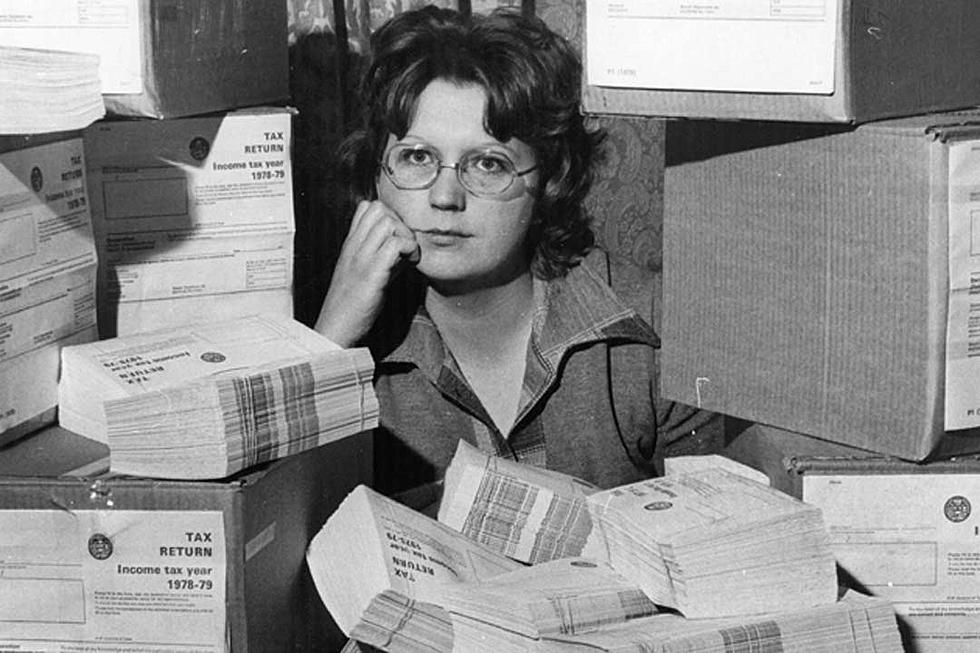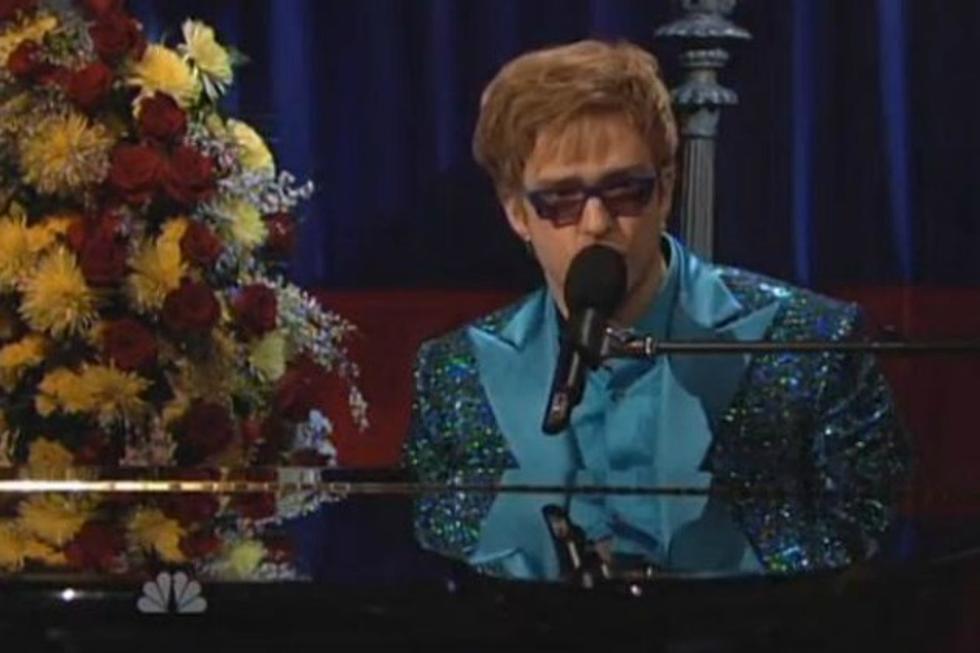
How Elton John Kept His Hot Streak Going on ‘Breaking Hearts’
After a meteoric stretch in the '70s during which he and his songwriting partner Bernie Taupin released a string of classic records, Elton John limped out of the '70s at a low ebb. For a while, it looked like he might never reclaim his chart-topping mojo. By the early '80s, however, he was in the midst of a critical and commercial comeback.
The Elton revival entered full swing with the release of 1983's Too Low for Zero, which saw Taupin penning all the lyrics for the first time since the Blue Moves LP in 1976.
"It was all kind of a mistake," John later said of the duo's sabbatical. Looking back on the sessions for 1978's Taupin-free A Single Man, he recalled: "I started to write a lot of melodies, faster than I'd ever done before. Gary Osborne had been a mate of mine for many years and I just said to him, 'Look, I've got all these melodies, can you give me some words?' ... Bernie was living in Los Angeles, and I was living in England, and he didn't particularly want to come to England, and I certainly didn't want to go to Los Angeles. It was a coincidence that led people to believe we'd broken up."
How ever it happened, John and Taupin's time apart couldn't end too soon for the majority of fans, who turned I'm Still Standing into a Top 40 Platinum hit and sent a trio of singles ("I Guess That's Why They Call It the Blues," the title track and "Kiss the Bride") onto the airwaves. Unlike some of the records the continually prolific John put out, it felt like it meant something – and as he later admitted, that's because it definitely did.
"I was so proud of that album," John said of Too Low for Zero during an interview conducted in the weeks before Breaking Hearts was released. "I felt that was the first album I'd done for a long, long time where it was a great, great album. I was happy with everything. I said to my manager, 'If this one doesn't happen, I will give up, and I'll become a greengrocer.'"
Flush with resurgent momentum, John retained pretty much every piece of his Too Low for Zero formula when it came time to record a follow-up, including returning to Montserrat to record as well as retaining the services of his recently reunited core combo: guitarist Davey Johnstone, bassist Dee Murray, and drummer Nigel Olsson, plus Taupin, who was now firmly re-entrenched as John's full-time lyrical partner. John's larger-than-life public persona might have led some to believe that the sessions' idyllic setting would lend itself to partying and assorted debauchery, but John insisted that he had a very different reason for recording in paradise.
"You're away from everybody," he later explained. "Throughout my career I've always recorded places that have been away from, more or less, the city. You go there to work: We record from 10 in the morning until 8 at night, and then by that time you're absolutely knackered and you go to bed. You get up the next morning and you work. From a creative point of view, if I've got four weeks or three weeks of work to do, I can do it, and I'm not bothered by anyone."
Watch Elton John Perform 'Sad Songs (Say So Much)'
The album, originally titled after the opening track "Restless," found John migrating away from the piano and focusing more on emerging synthesizer technology. This wasn't in order to fit in with trendy new sounds, but because it helped him get closer to the sounds in his head.
"My biggest hangup has been writing rock 'n' roll songs," he pointed out. "I'm not very good at it. Because if you're a pianist, it's a totally different concept from playing guitar. It's very hard to write three-chord songs on the piano. So, I can write complex songs and ballads, but the fast songs I've written, I've never really been entirely happy with."
Armed with gadgetry that could take his playing and make it sound like anything he wanted, John found it easier to write rock arrangements he could be happy with, and the result proved a refreshing change of pace – for John, anyway. "It was a complete departure. I was writing songs on a rhythm box and recording them straightaway," he enthused. "It really only took about two weeks to record that album, written and recorded. [Producer Chris Thomas] did a week's overdubs in L.A., and that was it."
Released on June 18, 1984 – just over a year after Too Low for Zero – the new album, now titled Breaking Hearts, continued John's '80s hot streak, peaking at No. 20 on the Billboard 200 and going gold by September. In terms of singles, it proved a bit of a comedown, with only one song – the closing track "Sad Songs (Say So Much)" – making much of an impact. A Top Five single is never anything to sneer at, of course, but in retrospect Breaking Hearts presaged a period in which John released a slew of rapid-fire albums to diminishing returns: Neither 1985's Ice on Fire nor 1986's Leather Jackets are widely considered among his finer works.
Breaking Hearts, however, captured a moment that found John happily reunited with his longtime songwriting partner and surrounded with some of the musicians who'd helped create his biggest hits. If it doesn't contain many of the delirious highlights fans had come to expect from his best albums, neither does Breaking Hearts fall prey to most of the traps that would ensnare him later in the decade.
"Breaking Hearts is really one of my favorite albums," Taupin reflected in 1989. "I think it's my favorite album of that particular period, although Too Low for Zero has some very good songs on it."
For John, what mattered at the time was being able to work his way back from an artistic nadir and reclaim the simple fun of playing rock 'n' roll. "I think I'm making better records and writing better songs, and I'm just enjoying it again," he said with a shrug during an interview from the road from the road during the Breaking Hearts tour. "The moment I stop enjoying it again, I'll stop."
Elton John Albums Ranked
More From Talk Radio 960 AM








